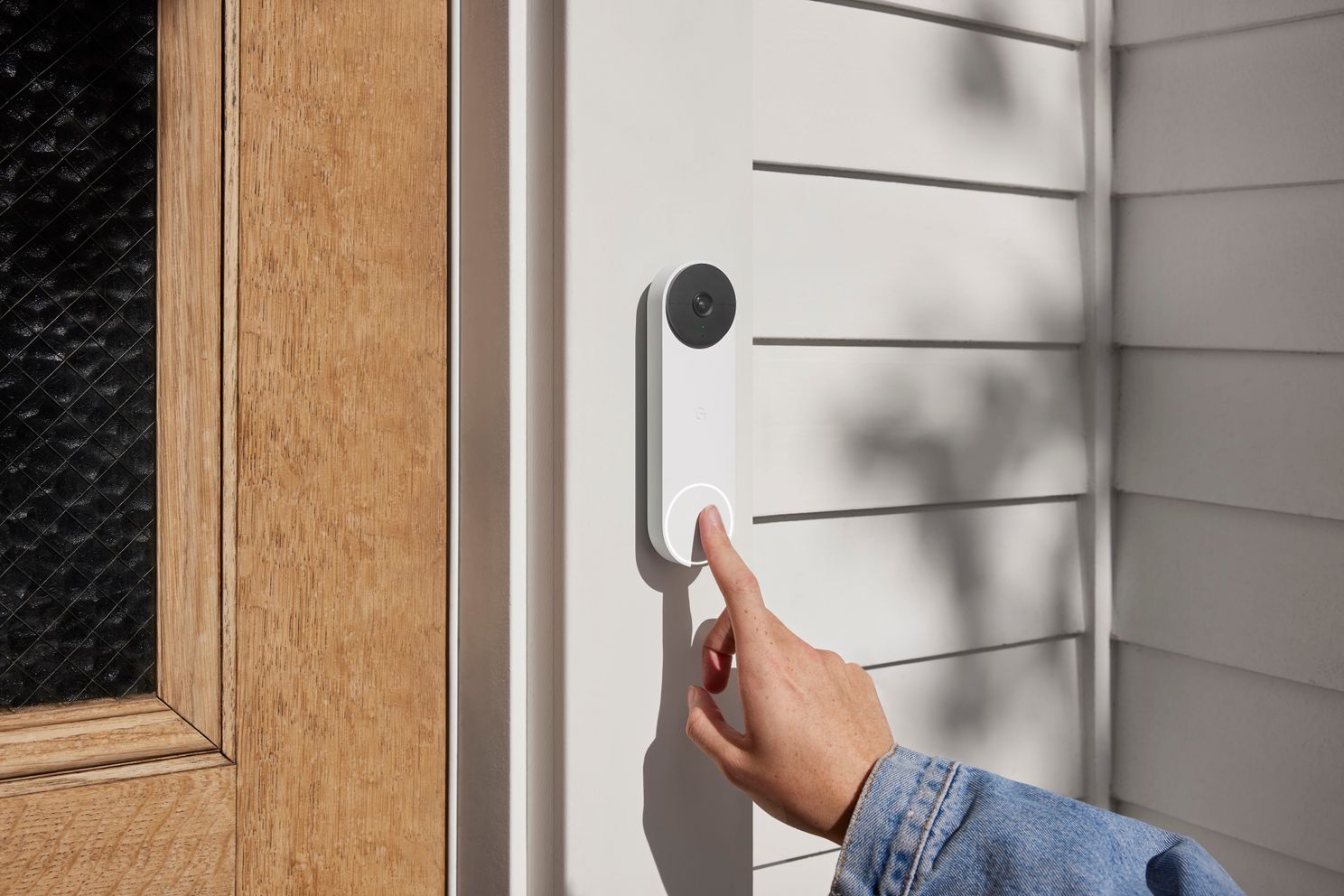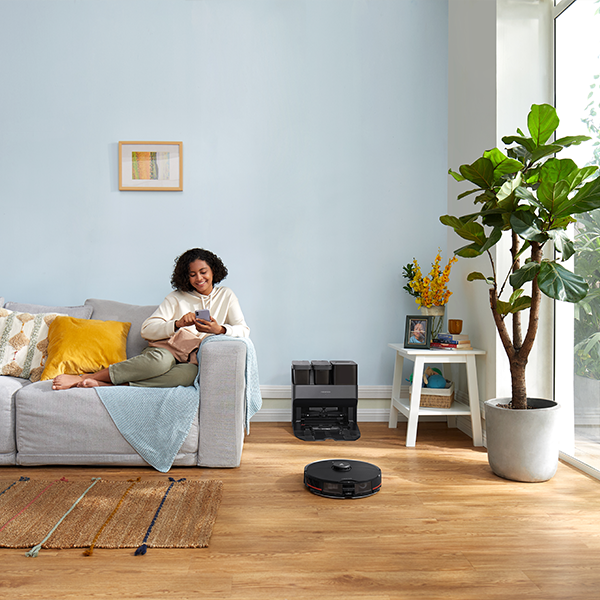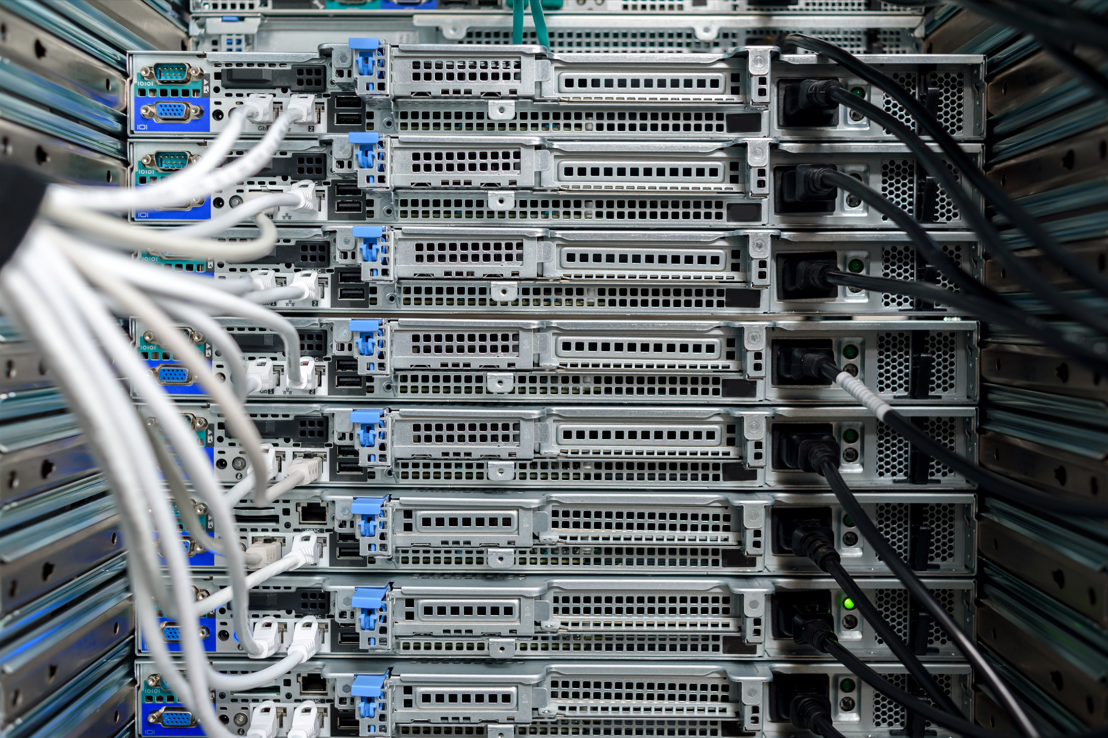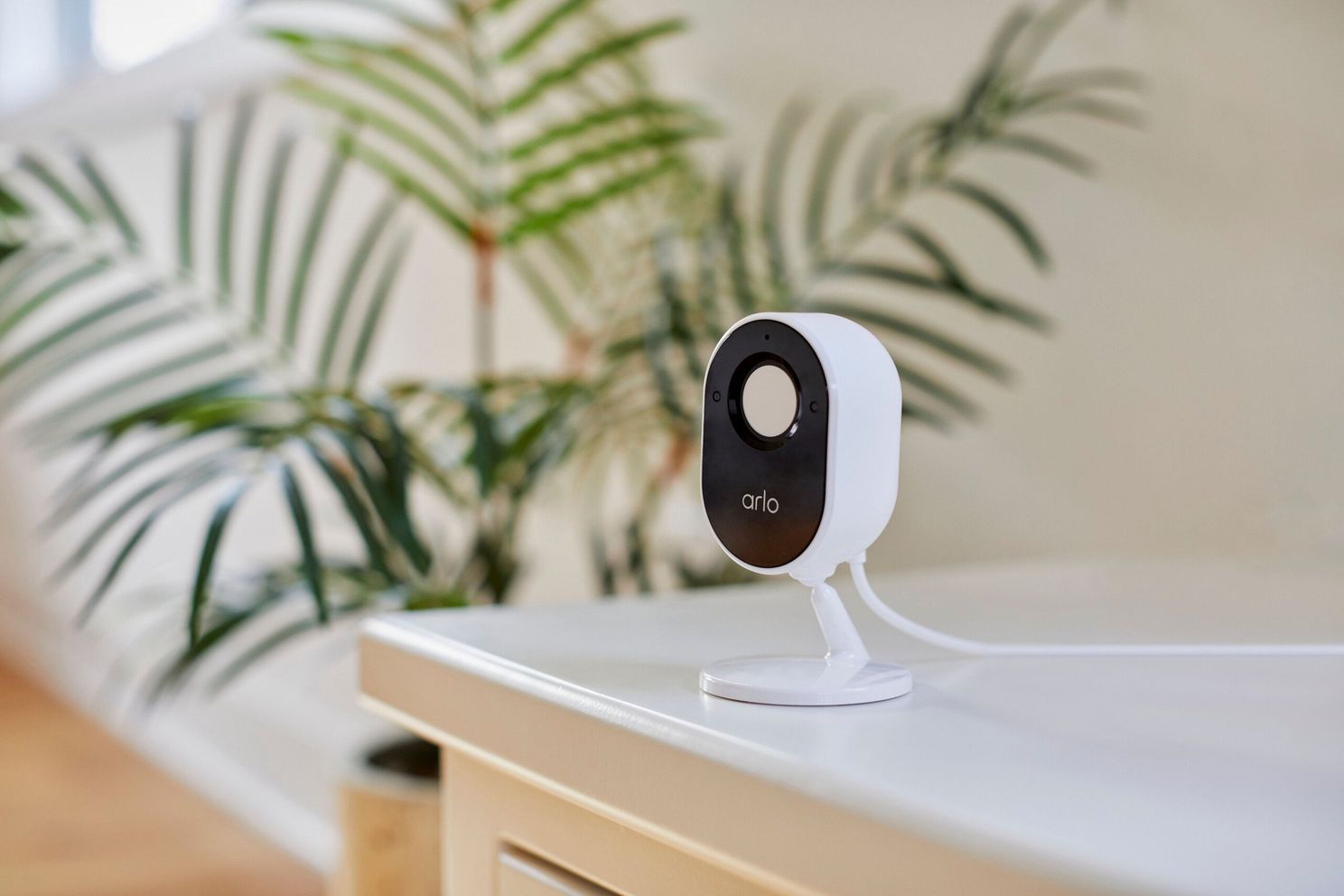 When we think of blockchain, we immediately think of crypto and how are bitcoins made – that is partly correct. However, the technology that makes crypto transactions safe and efficient has even more uses. For example, it could play an important role in the security of our smart home devices.
When we think of blockchain, we immediately think of crypto and how are bitcoins made – that is partly correct. However, the technology that makes crypto transactions safe and efficient has even more uses. For example, it could play an important role in the security of our smart home devices.
What is Blockchain?
Although blockchain protocols have been used for decades, the technology behind Bitcoin, among other things, is still relatively unknown. Research continues by computer scientists to discover the full potential behind the technology. So there is a study by Charles Sturt University in Australia that discusses blockchain can secure our everyday smart home products To understand how that works, we must first discuss what exactly blockchain is.
First and foremost, it is an efficient way of managing and exchanging data. The system is decentralized and has built-in controllers that make it safe and autonomous. Admittedly, that all sounds very abstract and so it is more interesting to outline the essence of blockchain with a simple example.
An orange for Mark
Suppose you are standing in front of a group of 10 people with an orange in their hand and you give the orange to Mark. Then ask in group who got the orange and the rest answer with: “Mark”. That is exactly the way a blockchain exchanges data.

Each transaction also contains the history of all past transactions. So as soon as something is wrong with one part of that data, it is noticed. A blockchain in decentralized, so not all data is stored in one place. The exchange of data is instantaneous and to access the blockchain users have to use a private key, which is a kind of long code that serves as a password.
A problem with smart home
Smart home devices have become an integral part of our lives, because everyone loves their smart lamps that you control from the comfort of your couch or their smart speaker with a virtual assistant that is always ready for you. We are also getting more and more smart devices in the Netherlands, according to a recent study by Multiscope. More than 4.5 million families already have smart devices.
Despite the ease of use, there are also risks associated with smarthome. Every device connects to your router and many have access to sensitive information, making them a potential target for cyber criminals. In 2019 there was a major data breach at the company Ring, known for its video doorbells. And Ring is another well-known player and part of Amazon, because security researchers are most concerned about unbranded products. Think of cameras, doorbells and other smart products that you can buy in promotion at Lidl, Aldi or Action.

1. Secure Authentication
One of the strengths of blockchain starts with providing access to data. Each user or device that communicates with the blockchain can only interact with a specific information and everything else remains protected.
Each user or device has a unique key that gives them access to the necessary data. That key is difficult to crack and hackers therefore have to put in a lot of energy to only gain access to one limited part of your data. That is extra discouraging. Some smarthomes you can buy today have default passwords in the manual, and malicious parties can also do a lot of damage if they break in via just one device.
2. Better on technical issues
A blockchain has decentralized data, so that your smart home products continue to function better in the event of technical problems. If one component fails, there is a greater chance that other services will continue to function.
On the other hand, when there’s a critical problem at Google’s data centers, it’s more likely that your Nest Hub as well as your smart speaker, Chromecast and Nest Doorbell will immediately give up. With a classic cloud system, the light can go out completely in the event of network problems.

3. Protect data
And in the event that malicious parties have hacked into a device that is connected to the blockhain, then data is not only spread but also protected thanks to hashing. This means that the original data has been converted into an unreadable code that cannot be converted into the original by hackers.
And then there’s the orange control mechanism that we talked about earlier. As soon as data disappears or is modified, that mechanism kicks in because every exchange of data also contains the history of all previous operations. In other words, when one person erroneously says that not Mark but Tom has the orange, everyone else is still going to yell that Mark has it. In order to make changes to the blockchain, hackers have to make adjustments on all servers.
Technology in its infancy
However, there is also a flip side to the coin, because although there are many advantages, linking a smart home to a blockchain is very complex. A lot of research is still being done into how this can work in practice. What do you think? Are you concerned about the security of the smart devices in your home? Is that perhaps a reason for you to ignore smarthome? Let us know in the comments at the bottom of this article.
